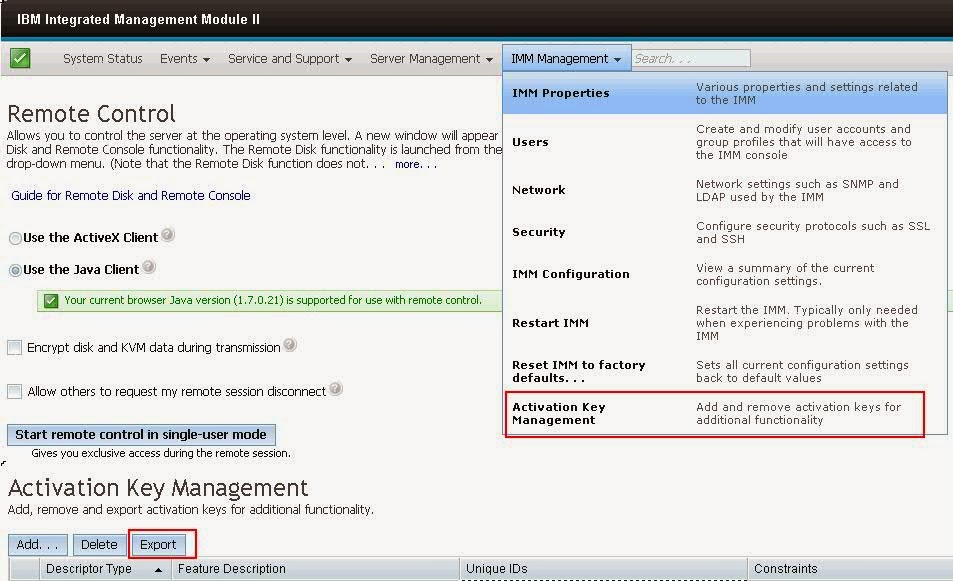Windows Azure - The Microsoft OS for the Cloud Computing FAQs
This week, Microsoft took the wraps off the cloud operating system that CEO Steve Ballmer hinted at earlier this month and that has been under development for two years under Chief Software Architect Ray Ozzie. Named Azure, it is the foundation of what will become the hosting platform run by Microsoft, first in its own data centers and potentially licensed to other data-center providers. The release is the first part of Microsoft's services platform, and it provides an outline for where Azure is going.
What is Azure?
Azure is Microsoft's operating system for the cloud, code-named Red Dog, and will anchor the Azure Services Platform that Microsoft will run from its hosting data centers. Azure also is a development environment for builders of applications for the cloud.
What's with the name?
Azure is a blue color in the HSV color space, which is widely used to generate high-quality computer graphics. Blue Sky. Clouds. Get it?
So it's just an operating system?
Yes and no. While Azure includes elements of Windows Server 2008 and its sub-systems. Azure OS is a part of a separation of the operating system, infrastructure services and applications so each can be managed separately. That lets users upgrade applications or boost computing resources on the fly. Azure combines with layers of services that live on top of it -- infrastructure services such as security and application services -- to provide the complete cloud platform.
What are the other pieces?
There are three others currently. Storage, which equates to the file system in traditional operating systems; virtualization, which eases distribution of resources; and a desktop development environment which gives developers a mini-cloud they can run on their desktops.
What is this Fabric Controller?
Azure's secret sauce. It manages services including deployments, upgrades and configuration changes. It views data centers as one big environment of shared resources, and it orchestrates changes automatically based on the models developers create that define their services, such as how they should be implemented and how they should perform.
What is the difference between Azure and the Azure Services Platform?
Azure is the operating system. The platform is a combination of Azure, the infrastructure services layer and the online applications layer.
Can I get a copy of Azure for my network and create my own cloud?
Azure won't be a volume licensed or off-the-shelf product.
Can I move my applications onto Azure and make them services?
Microsoft says there will be cross-over, but given the architecture of Azure with its layers and Fabric Controller, current applications likely will need to be rewritten or re-architected to work effectively -- or at all -- on the Azure platform. Microsoft needs to clearly articulate how that will work. A foreshadowing is that Microsoft has already rewritten some of its .Net Framework services for the cloud model.
Can I move applications I have developed and run on Azure back into my network?
That will likely be exceedingly more difficult than going from your network to Azure. Again, Microsoft has to yet to tell that part of the story. But the platform will allow services to call out to other services or to applications running on different networks or in different data centers and vice versa.
Do I need to learn how to use new tools in order to develop on Azure?
Microsoft is creating alignment between Azure and its current development tools, Visual Studio, ASP.Net and the .Net Framework. What that means is that developers can use the tools they know in order to build cloud applications. Azure also supports third-party tools and languages, including Eclipse, Ruby, PHP and Python. Microsoft is making Azure SDKs, a set of templates for Visual Studio, available to a select group and later to a wider audience.
What is the status of Azure? When will the cloud be up?
According to Microsoft's Azure Web site, pricing will be based on resource consumption (CPU, bandwidth, storage, transactions), and the platform should be available in the second half of 2009. A community technology preview will be available shortly.

Comments